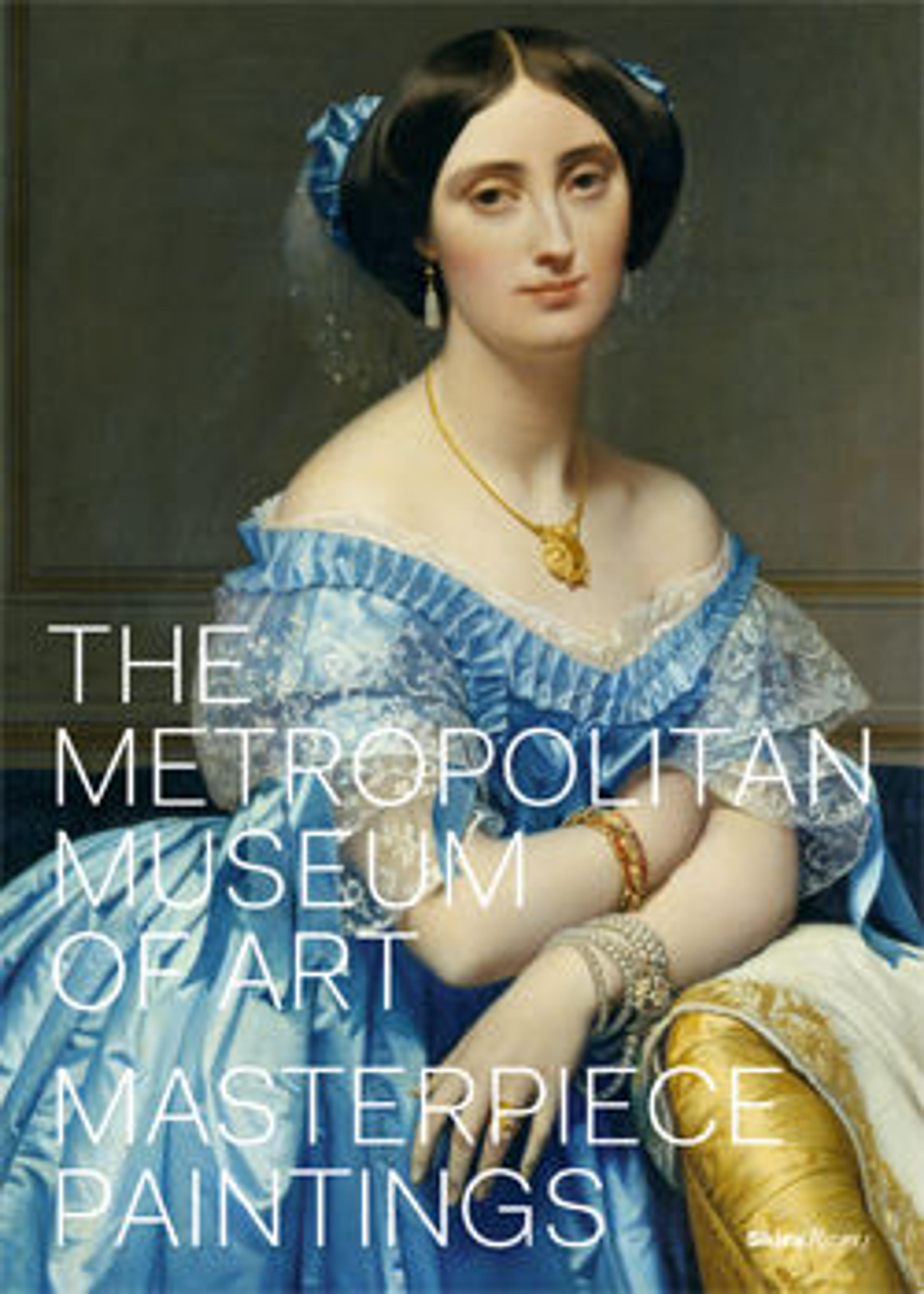Tablet with Chariot Scene
During the New Kingdom, a new image emerged: the pharaoh alone in his chariot. Horses and chariots had been introduced to Egypt around 1600 B.C. by the Hyksos, foreign rulers of Levantine origin who controlled Lower Egypt at the time. By Dynasty 18, this mode of transport had been adopted by the Egyptian court. At some point, Egyptians improved chariot design, making the vehicles lighter and faster.
This drawing on faience of a man driving a chariot pulled by two galloping horses in a food-producing garden illustrates how these new means of transport were gradually adopted by people outside the Egyptian court and army.
This drawing on faience of a man driving a chariot pulled by two galloping horses in a food-producing garden illustrates how these new means of transport were gradually adopted by people outside the Egyptian court and army.
Artwork Details
- Title: Tablet with Chariot Scene
- Period: New Kingdom
- Dynasty: Dynasty 18
- Reign: reign of Thutmose IV
- Date: ca. 1400–1390 B.C.
- Geography: From Egypt
- Medium: Faience
- Dimensions: H. 8.3 cm (3 1/4 in.); W. 16 cm (6 5/16 cm.); Th. 1.3 cm (5 3/16 in.)
- Credit Line: Gift of J. Pierpont Morgan, 1917
- Object Number: 17.194.2297
- Curatorial Department: Egyptian Art
More Artwork
Research Resources
The Met provides unparalleled resources for research and welcomes an international community of students and scholars. The Met's Open Access API is where creators and researchers can connect to the The Met collection. Open Access data and public domain images are available for unrestricted commercial and noncommercial use without permission or fee.
To request images under copyright and other restrictions, please use this Image Request form.
Feedback
We continue to research and examine historical and cultural context for objects in The Met collection. If you have comments or questions about this object record, please complete and submit this form. The Museum looks forward to receiving your comments.
